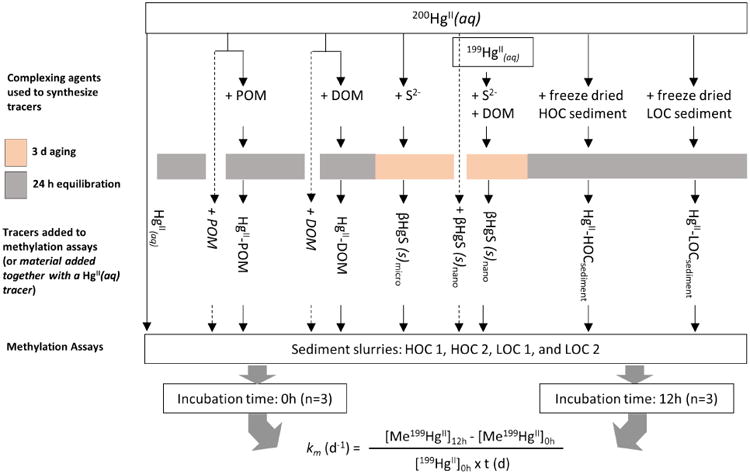Fig. 1. Illustration of the experimental design.

Starting from the top, the illustration shows the complexing agents used to synthesize the different HgII tracers utilized in this study. To prepare HgII-POM, HgII-DOM, HgII-HOCsediment and HgII-LOCsediment, the isotopically enriched HgII(aq) tracer was equilibrated for 24 h (gray field) with the complexing agent. For the case of HgS(s) particles, β-HgS(s)micro was formed when S2- was added to the HgII(aq) tracer while β-HgS(s)nano was formed when DOM followed by S2- were added to the HgII (aq) tracer. Both particles were aged for 3 days (pink field). The synthesized tracers were then added to four different sediment slurries and incubated for 0 h and 12 h. Finally, the methylation rate constant (km) was calculated using the formula shown in the bottom of the illustration. Dashed lines represent control experiments where km of HgII(aq) was quantified in presence of POM, DOM or β-HgS(s)nano (by the simultaneous addition of HgII(aq) with POM, DOM or β-HgS(s)nano to sediment slurries). If methylation was not different from the km of HgII(aq) when added without DOM, POM or β-HgS(s)nano, we conclude that the complexing agent did not impact the rate of methylation by e.g. altering the activity of HgII methylating bacteria.
